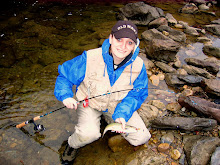
According to the table, the students at Lumberport Elementary are at a 48% proficiency level. While compared to other subjects this percentage seems high, there is still more than have of the school performing below mastery level. This is evidence of the continuing need for math intervention in the school.
2. While the specific learning need is not described, it is evident when reviewing the data that many students are in need of math skill improvement. Close to 35 % of the students are performing at or above mastery, but only 3% are at the distinguished level. This is lower than the state average of 5%. For this reason, we need to strive to raise these math skill levels.
3. Instructional Intervention-Technology Applet for math skill
4. Strategy: Simulations and Games
•Games are dynamic, intrinsically motivating, and involve high levels of involvement. They provide immediate feedback to participants, and mistakes do not result in actually losing assets (Hood, 1997).
•The effective use of games differs depending on the educational areas where the games are employed. The best results were found to be in the areas of mathematics, physics, and language arts (as opposed to social studies, biology and logic). The beneficial effects of gaming are most likely to be found when specific content is targeted and objectives precisely defined (Randel et al 1992).
•Games have been found to serve a range of functions in education including tutoring, exploring and practicing skills, and attitude change (Dempsey et al., 1994).
5. Question- "How can technology applets improve fluency in math skills?"
6. Assessments to use to gather data-google forms for students to record the scoring results of games
I will discuss these ideas this coming week with my host teacher and PDS principal.
